Of all her work, Girl Under a Tree, 1931, was a personal favourite of the Montreal-born artist Prudence Heward (1896-1947); it was the only one of her own paintings she hung in her bedroom. It is also a work that tells us what was and was not acceptable in the Canadian art world of the early 1930s.

Oil on canvas, 123 x 194 cm, Art Gallery of Hamilton
Celebrated for her sculptural forms, defiant figures, and expressionistic colours, Heward is renowned for her provocative representations of female subjects. She was affiliated with the Beaver Hall Group, the Canadian Group of Painters, and the Contemporary Arts Society, but also exhibited with the Group of Seven. Despite Heward’s commitment to painting people, an art critic for the Montreal Gazette wrote in 1932 that Heward was known as “an adopted daughter of the Group of Seven” because she had exhibited with the landscape painters on three occasions. After her death in 1947, the National Gallery of Canada, Ottawa, organized a memorial exhibition of her work, which toured across the country.
Like many of Heward’s other paintings, the sitter for Girl Under a Tree is unknown to us. The female subject is integrated into the landscape, a type of depiction that fellow Montreal painter Edwin Holgate (1892–1977) became well known for in works such as The Bathers, 1937.
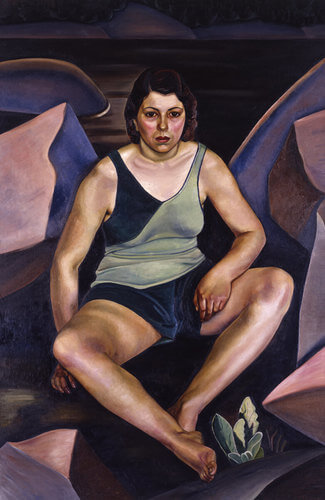
Oil on canvas, 162.1 x 106.3 cm, Art Gallery of Windsor
But whereas the female bodies in Holgate’s paintings often echo the landscape itself, the woman in Heward’s painting seems out of place because she is not lying next to a body of water as though she has been swimming, and the light in the painting indicates that she is not naked for the purposes of sunbathing. Artist-critic John Lyman (1886–1967) noted this dissonance when he wrote in his journal: “Bouguereau [1825–1905] nude against Cézanne background.” In other words, the way that Heward painted the woman’s body is very different from the style she used to paint the background landscape.
Nevertheless, according to Group of Seven painter A.Y. Jackson (1882–1974), artist Arthur Lismer (1885–1969) thought that Girl Under a Tree was “the best nude ever painted in Canada.” The largely positive reception of Heward’s painting offers an insight into Canadian morality and the limits of what the country accepted as art in the early 1930s.
When the painting was included in the December 1931 Group of Seven exhibition, it inspired commentary, even some controversy, but not scandal. Four years later, when Lilias Torrance Newton (1896–1980) exhibited Nude in the Studio, 1933, at the Art Gallery of Toronto (now the Art Gallery of Ontario), it was taken down because of concerns that the subject was a “real” naked woman rather than an allegorical or mythic nude, such as depicted in The Birth of Venus, 1482–85, by Sandro Botticelli (1445–1510).
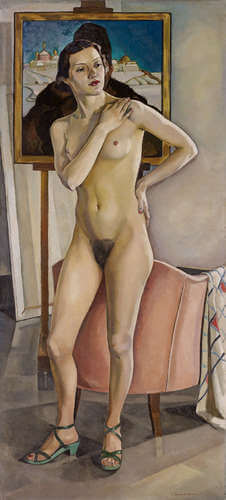
Oil on canvas, 203.2 x 91.5 cm, private collection
It appears that in the late 1920s and early 1930s in Canada, the female nude in a landscape (as in Heward’s painting) was permissable, while a naked woman in a studio (as in Newton’s work) was not. This is likely because a nude in a landscape struck contemporary viewers as justified, or at least understandable, whereas a naked model in a studio struck them as gratuitous and unnecessary.
Despite Heward’s renown during her lifetime, following the 1948 National Gallery of Canada exhibition of her art, her name was largely left out of art history textbooks for the next two decades. Heward was one of the first Canadian women artists to be rediscovered in the 1970s and 1980s, when feminist art historians began organizing exhibitions and writing about women artists who had been well known and respected during their lifetimes but who had not yet received adequate scholarly attention.

Oil on canvas, 101.8 x 94.6 cm, National Gallery of Canada, Ottawa
In 1975 art historians Dorothy Farr and Natalie Luckyj curated From Women’s Eyes: Women Painters in Canada at the Agnes Etherington Art Centre in Kingston, Ontario, and in 1986 Luckyj spearheaded Expressions of Will: The Art of Prudence Heward, also at the Agnes Etherington Art Centre. Thanks largely to these feminist exhibitions and accompanying catalogues, Heward is now recognized as an important modernist artist of the early twentieth century, and her paintings continue to garner attention from art historians concerned not only with Canadian art but also with issues of class, gender, and race.
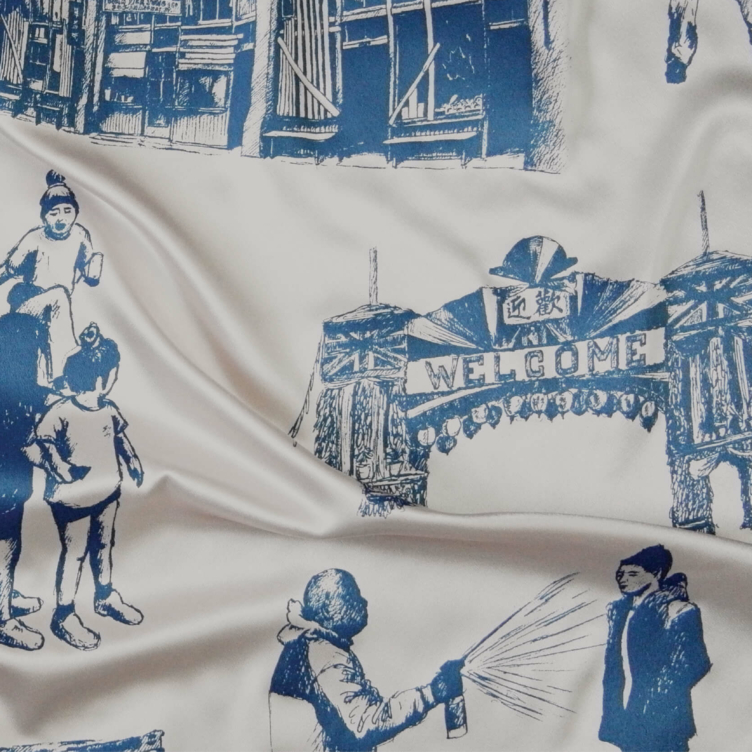 Karen Tam’s Autumn Tigers
Bridging Past and Present: Invisible Made Visible
By Imogene L. Lim, PhD
Karen Tam’s Autumn Tigers
Bridging Past and Present: Invisible Made Visible
By Imogene L. Lim, PhD
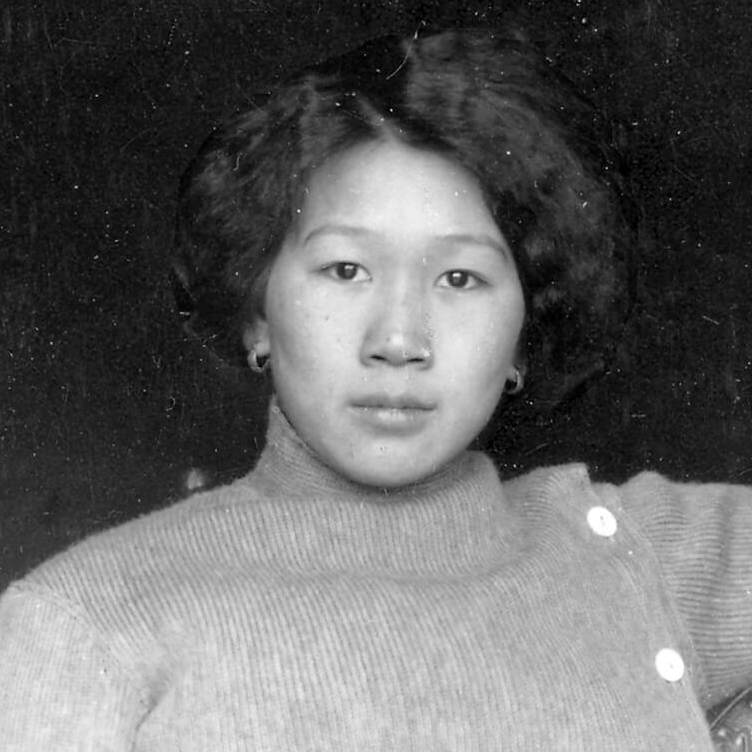 The Frontier Portraits of C.D. Hoy
A Chinese Canadian Photographer’s Tribute to His Community
By Faith Moosang
The Frontier Portraits of C.D. Hoy
A Chinese Canadian Photographer’s Tribute to His Community
By Faith Moosang
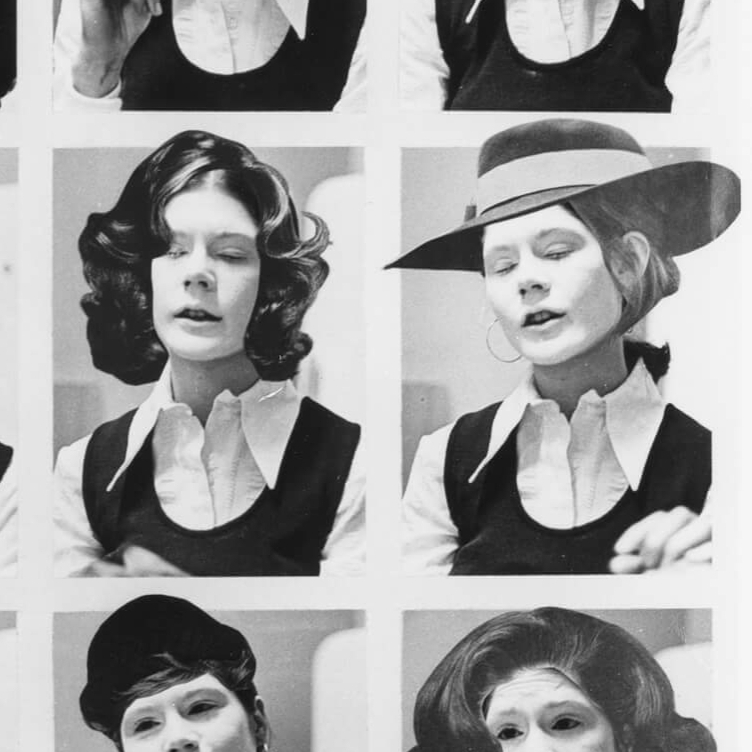 Interrogating Identity
Suzy Lake explores the role of photography in shaping how we understand and see ourselves
By Erin Silver
Interrogating Identity
Suzy Lake explores the role of photography in shaping how we understand and see ourselves
By Erin Silver
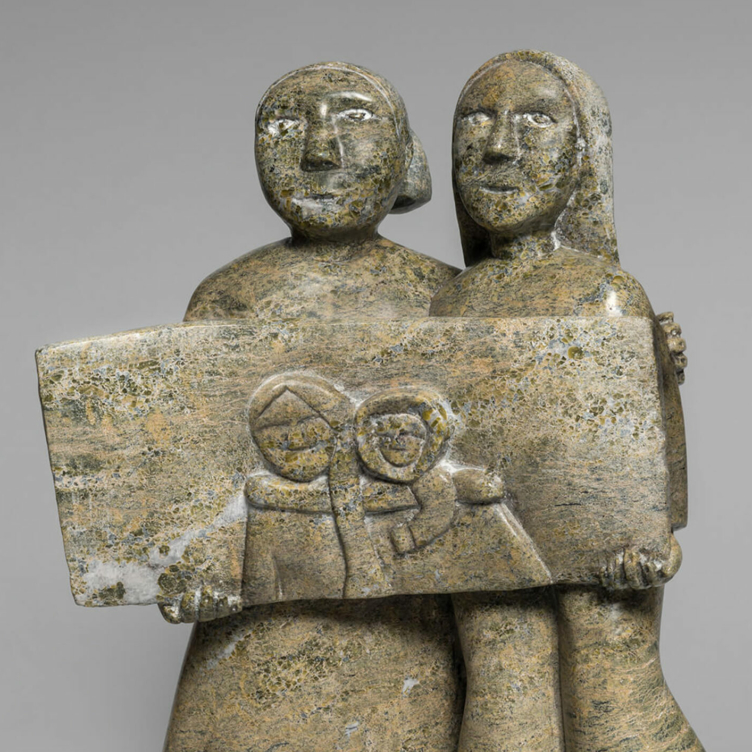 An Emboldened Artist
How Oviloo Tunnillie achieved rare international acclaim as an Inuit female sculptor
By Darlene Coward Wight
An Emboldened Artist
How Oviloo Tunnillie achieved rare international acclaim as an Inuit female sculptor
By Darlene Coward Wight
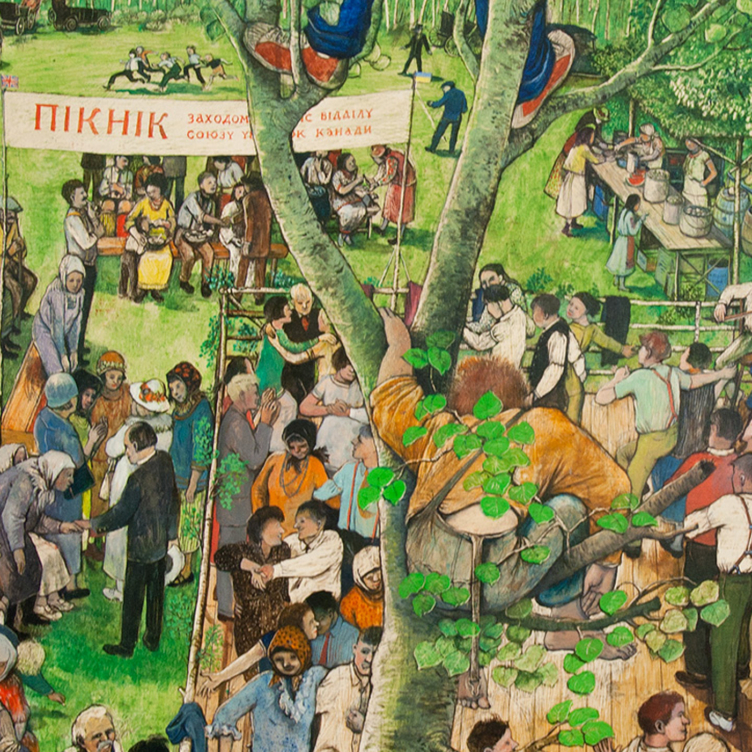 Painting the Cultural Mosaic
William Kurelek traversed the country in a quest to capture its diverse inhabitants
By Andrew Kear
Painting the Cultural Mosaic
William Kurelek traversed the country in a quest to capture its diverse inhabitants
By Andrew Kear
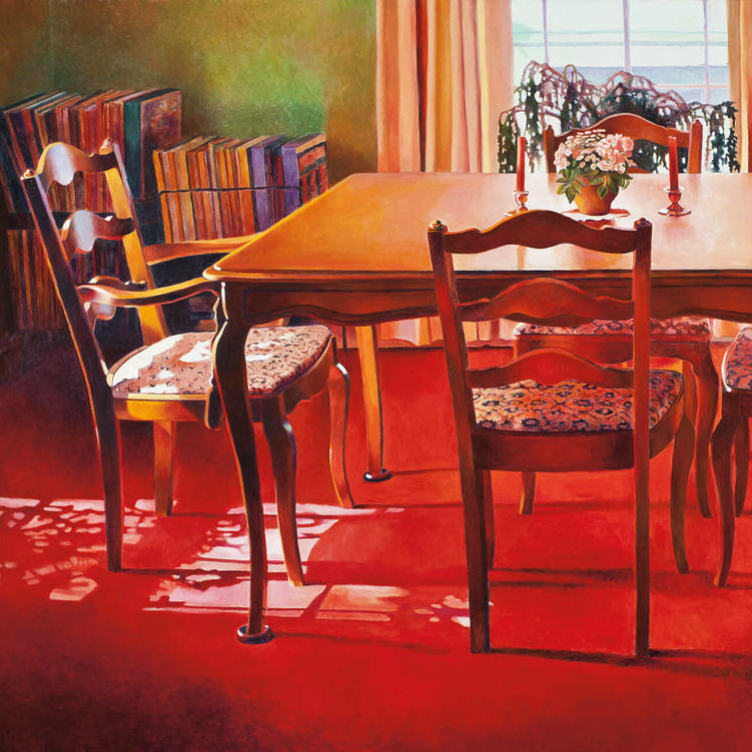 Domestic Discontent
Mary Pratt’s poetic scenes of home life are praised for their political edge
By Ray Cronin
Domestic Discontent
Mary Pratt’s poetic scenes of home life are praised for their political edge
By Ray Cronin
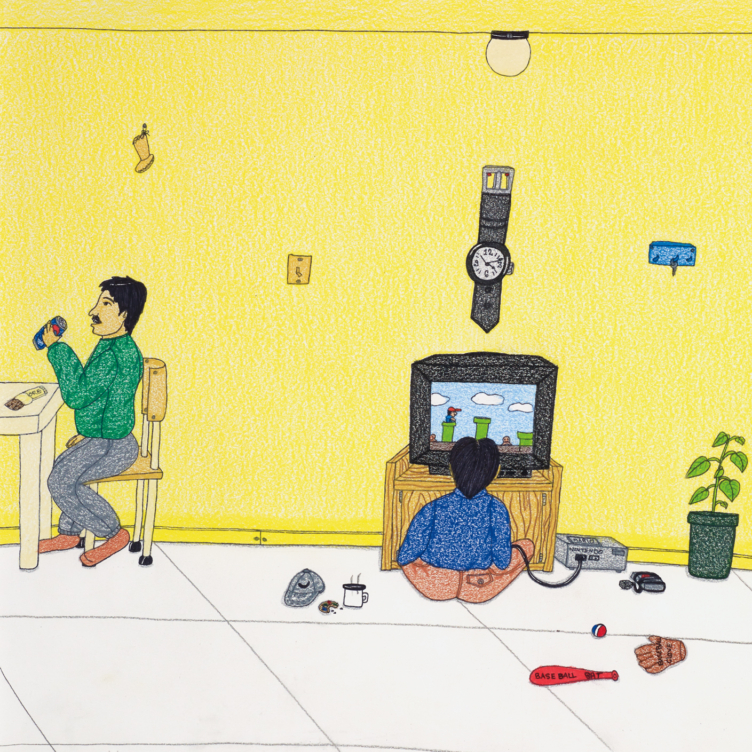 A New Vision of the North
Annie Pootoogook’s art offers unprecedented insights into the contemporary Arctic
By Nancy G. Campbell
A New Vision of the North
Annie Pootoogook’s art offers unprecedented insights into the contemporary Arctic
By Nancy G. Campbell
 Meetings of Minds
Sorel Etrog found new ideas in collaborative work
By Alma Mikulinsky
Meetings of Minds
Sorel Etrog found new ideas in collaborative work
By Alma Mikulinsky
 Introducing Miss Chief
An excerpt from the ACI’s book “Revision and Resistance”
By Shirley Madill
Introducing Miss Chief
An excerpt from the ACI’s book “Revision and Resistance”
By Shirley Madill
 A Practice of Recovery
An excerpt from the ACI’s book “Revision and Resistance”
By Sasha Suda
A Practice of Recovery
An excerpt from the ACI’s book “Revision and Resistance”
By Sasha Suda
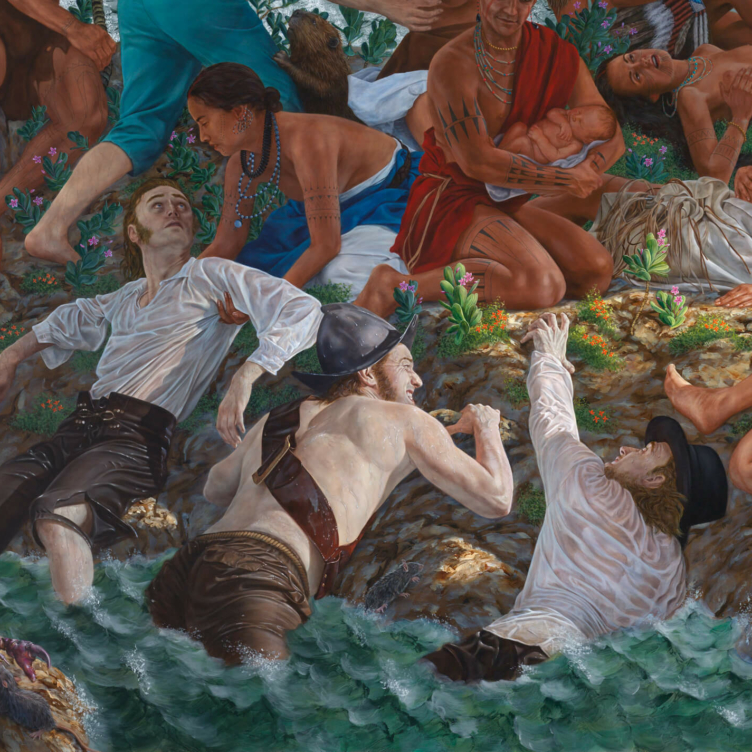 Decolonizing History Painting
An excerpt from the ACI’s book “Revision and Resistance”
By Ruth B. Phillips and Mark Salber Phillips
Decolonizing History Painting
An excerpt from the ACI’s book “Revision and Resistance”
By Ruth B. Phillips and Mark Salber Phillips
 A Vision for the Future
An excerpt from the ACI’s book “Revision and Resistance”
By Nick Estes
A Vision for the Future
An excerpt from the ACI’s book “Revision and Resistance”
By Nick Estes
 Inside Kent Monkman’s Studio
An excerpt from the ACI’s book “Revision and Resistance”
By Jami C. Powell
Inside Kent Monkman’s Studio
An excerpt from the ACI’s book “Revision and Resistance”
By Jami C. Powell
 The Rule of Chance
Jean Paul Riopelle’s break with Automatism
By François-Marc Gagnon
The Rule of Chance
Jean Paul Riopelle’s break with Automatism
By François-Marc Gagnon
 From Taos to New York
Agnes Martin and the currents of American Art
By Christopher Régimbal
From Taos to New York
Agnes Martin and the currents of American Art
By Christopher Régimbal
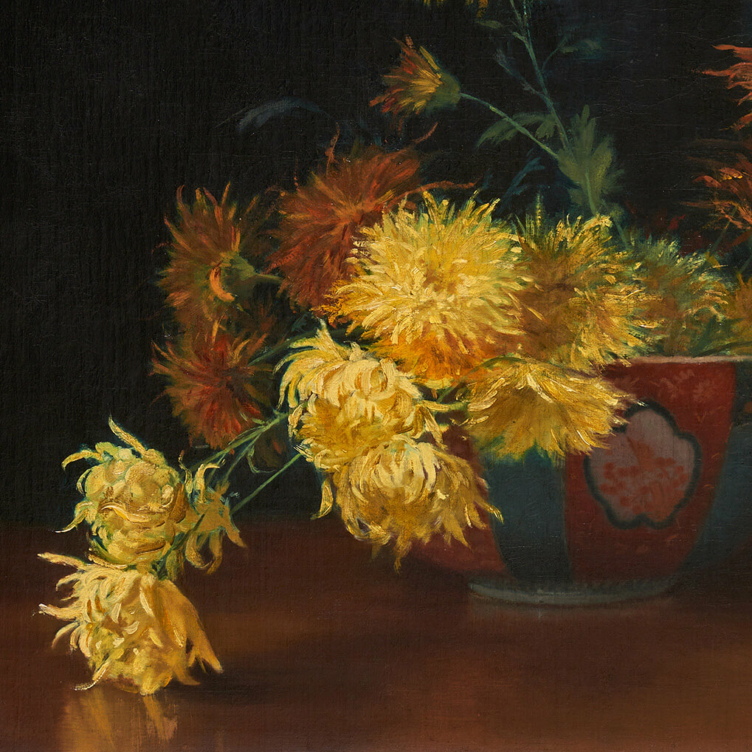 An Artist Blooms
Mary Hiester Reid’s floral aesthetics
By Andrea Terry
An Artist Blooms
Mary Hiester Reid’s floral aesthetics
By Andrea Terry
 The Patriotic Painter
Greg Curnoe’s Canada
By Judith Rodger
The Patriotic Painter
Greg Curnoe’s Canada
By Judith Rodger
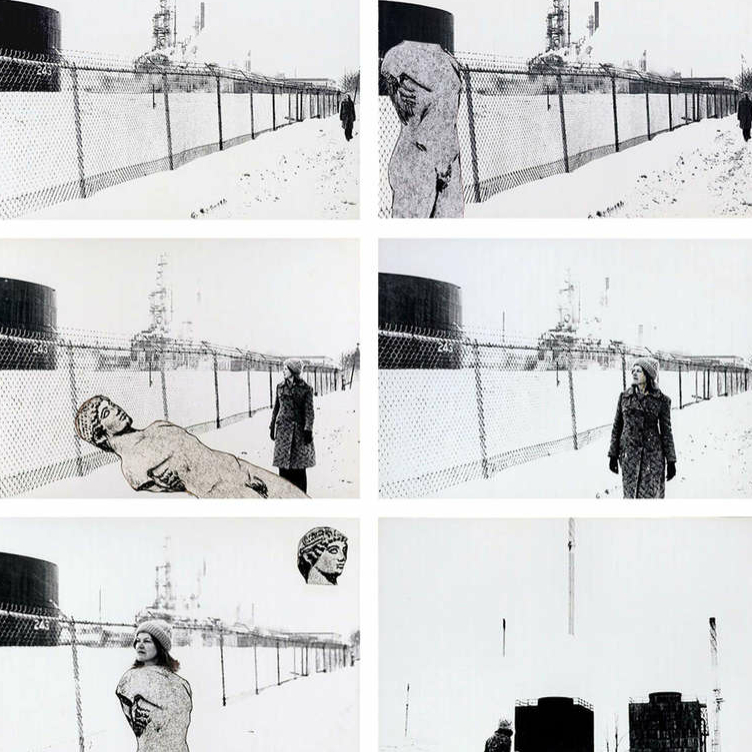 Walking, Stacking, Dancing
Françoise Sullivan’s conceptual 1970s
By Annie Gérin
Walking, Stacking, Dancing
Françoise Sullivan’s conceptual 1970s
By Annie Gérin
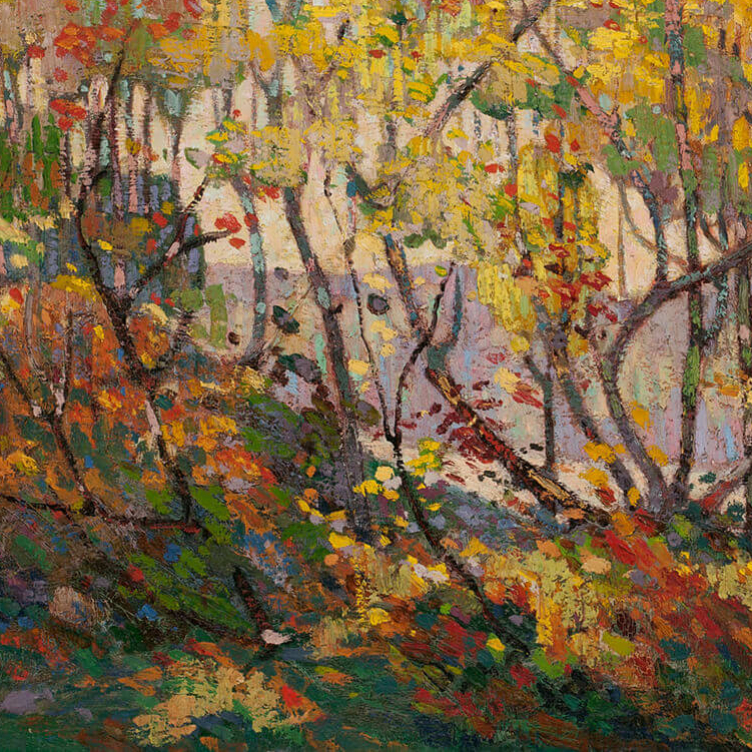 The Extraordinary North
Tom Thomson’s diary of landscape
By David P. Silcox
The Extraordinary North
Tom Thomson’s diary of landscape
By David P. Silcox
 A Champion of Abstraction
Jock Macdonald sought a new expression in art
By Joyce Zemans
A Champion of Abstraction
Jock Macdonald sought a new expression in art
By Joyce Zemans